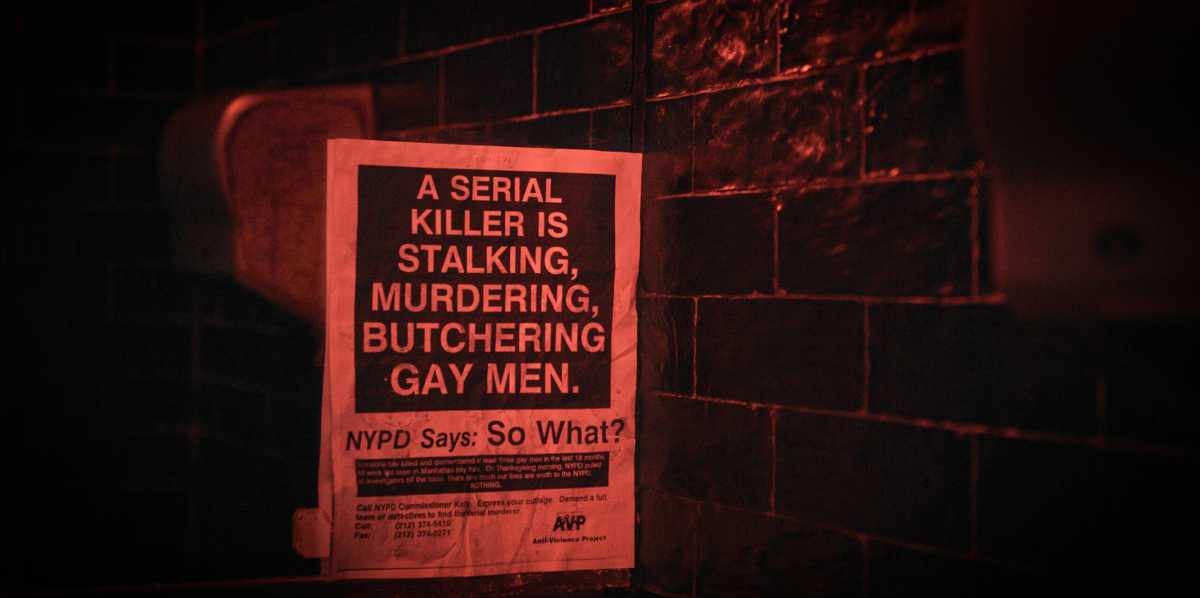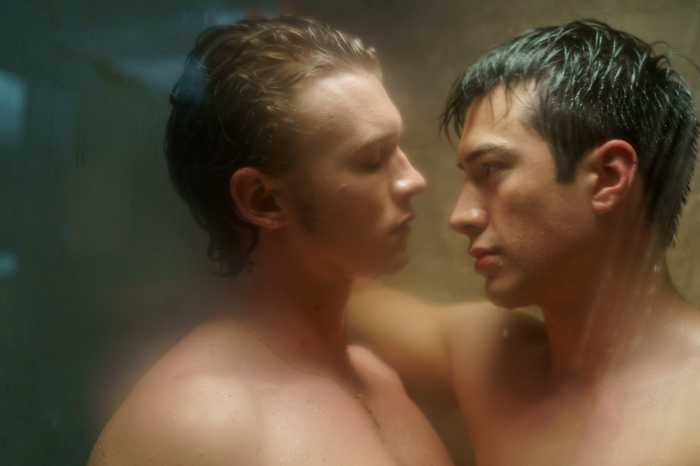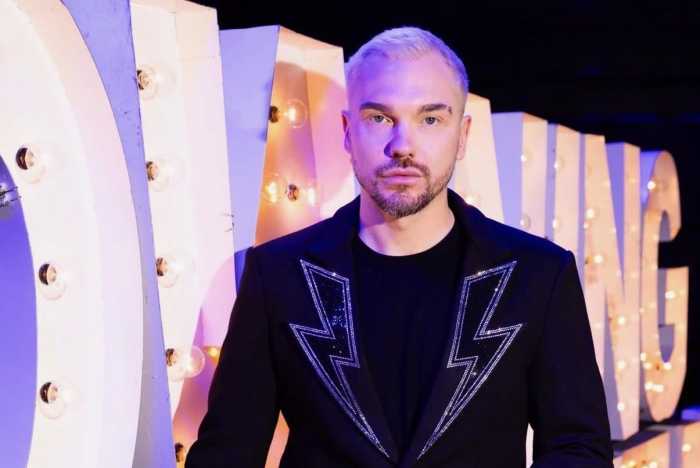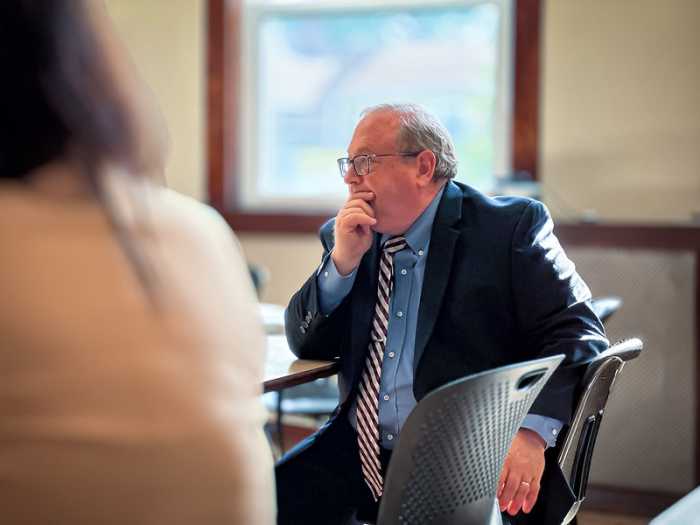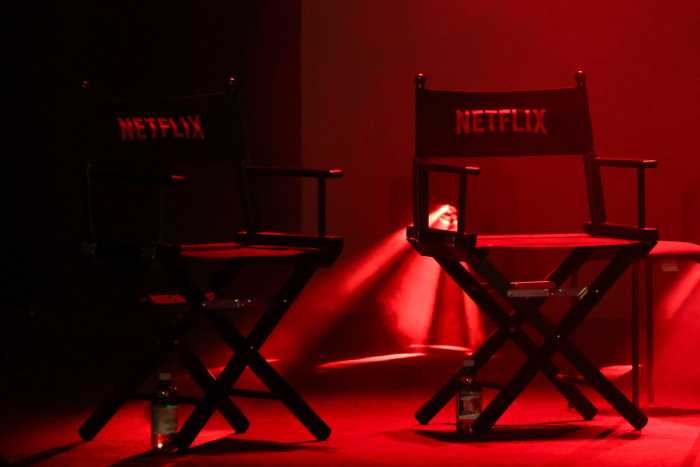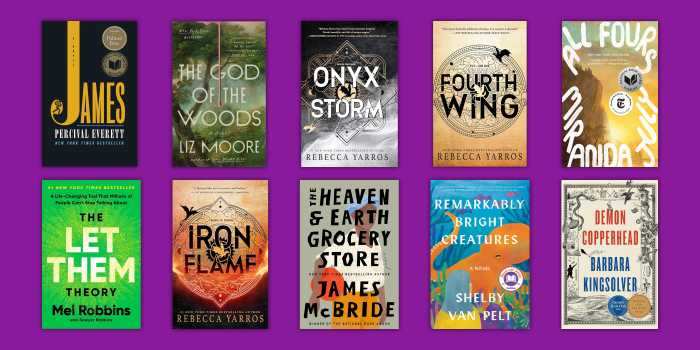The four-part documentary serial killer series “Last Call” recounts the murders of gay men that took place in New York in the early 1990s. It is an intriguing true-crime tale — especially for those who do not know the case — told in an unsensational style. While many facts of the case are unsavory, such as what the killer did to his victims, the recounting is more tepid than chilling.
The first episode features two crimes. One was the 1992 case of Thomas Mulcahy, a married, middle-aged businessman from Massachusetts whose body was dismembered and strewn in various locations in Burlington County, NJ. The other was the 1991 murder of a Philadelphia man, Peter Stickney Anderson, who was also a married and closeted middle-aged man. Both had frequented The Townhouse, a gay bar in midtown Manhattan. The police linked the killing and consulted with the New York Gay & Lesbian Anti-Violence Project (AVP), which worked as a liaison for the queer community as information about the crimes became available.
Director Anthony Caronna interviews Mulcahy’s daughter, Tracey O’Shea, as well as Anderson’s ex, Tony Hoyt, who provide anecdotes about the victims, including Hoyt’s account of Anderson’s last night. The two men unexpectedly met at a fundraiser in New York, and went out to the Townhouse for a cocktail, but Hoyt sent the drunk Anderson to a hotel for the night. When Anderson left the hotel and went back to the Townhouse, he met the man who would murder him.
“Last Call” features recreations of Mulcahy’s experiences at the Townhouse to depict his activity prior to going off with his killer, but these scenes feel unnecessary. Better are the talking head interviews and a montage of clips that provide a sense of how the gay community saw gay bars as safe spaces at that time, which is why these “pickup crimes” were so disturbing. Homophobia largely went unpunished during the era, and the gay community’s relationship with the police was fraught. Moreover, given the AIDS crisis, there was increased violence towards members of the LGBTQ community. Clips from Gay City News contributor Andy Humm’s program “Gay USA” emphasize this in their regular coverage of hate crimes.
Part Two takes the case in a new direction as it opens with an intense story of an unidentified man recounting his experience escaping from a man he met at The Five Oaks, a Greenwich Village piano bar. The man recalls possibly being drugged and “helped” home by a man who likely planned to kill him. Frustratingly, this testimony teases out someone who could identify the killer, but it never officially connected to the crimes, nor does the series indicate if the police were notified about this event and its relation to the other killings.
However, the series does recount how, in 1993, another male body was dismembered and discovered in Ocean County, NJ. The victim was identified as Anthony Marrero. “Last Call” suggests that the motivation for killing Marrero and the other two victims was ingrained hatred. While Caronna shows how anti-gay attitudes became prominent with Anita Bryant’s activism in 1977, the police also suggest that the killer “enjoys the hunt” and “playing with the police.” However, according to Gay City News contributor Duncan Osborne, interviewed in the documentary, the police were not “making a substantive effort to investigate these crimes.” Even when the killer is captured — that’s not a spoiler — members of the AVP were appreciative even though they felt it took too long to get justice.
Part Three shows how the murder of Michael Sakara, whose body was also dismembered, helped the police zero in on the killer. Although they initially follow some traceable leads and investigate suspects based on a Five Oaks bartender’s vague tip, the detectives ultimately fail to identify the culprit, despite a few possibilities. Eventually the task force disbands, much to the chagrin of members of AVP and the gay community. But years later, a detective working the case learns of a fingerprinting technology that helps him reopen the case and establish a match in an unlikely place.
The last episode identifies the killer as Richard Rogers and apprehends him. “Last Call” also reveals a 1973 murder at the University of Maine, where Rogers was acquitted of murder, which enabled him to go free and kill and kill again.
Caronna never details the horrific nature of the crimes, which may be a relief for some viewers, but given the gristly nature of how he killed his victims (Anderson was castrated after death; Sakara was stabbed five times, but died from being bludgeoned, etc.) it seems like a curious decision. It is likely that Caronna wanted to be sensitive about the crimes themselves. His agenda here is to honor the victims and not Rogers’ heinous acts. To that end, “Last Call” features interviews with each victim’s family, friends, and ex-lovers, which help humanize and remember the murdered men. Sakara’s sister talks emotionally about the sadness she felt losing her brother, whom she thinks about almost every day, and the fear his killing instilled in the gay community. But Caronna uses clips, such as a scene from the gay film, “Parting Glances,” to acknowledge Sakara’s relationship with his lover, Jim Griffith, and they feel like padding. The testimonies are powerful enough without the recreations and visual references.
Another salient point “Last Call” makes is about how the gay community was viewed at the time, which was, more often than not, “weird or kinky.” It is offensive when a reporter suggests that gay men are so drunk and desperate for sex that they will go home with a serial killer.
“Last Call” is uneven, but it has moments that are of interest — most notably when one interviewee, Douglas Gibson, an acquaintance of Thomas Mulcahy’s, recalls he may have met Rogers at a bar after Mulcahy’s slaying and he discussed his friend’s murder with Mulcahy’s killer.
The series concludes with a mention of the recent spate of crimes committed at gay bars, which makes this story timely to revisit. “Last Call” is an admirable effort to remember a horrific period in gay New York history.
“Last Call” | Directed by Anthony Caronna | Premieres July 9 on HBO and streams on MAX with the next three parts airing weekly thereafter.

